The rise of interactive entertainment: How technology is reshaping cultural experiences
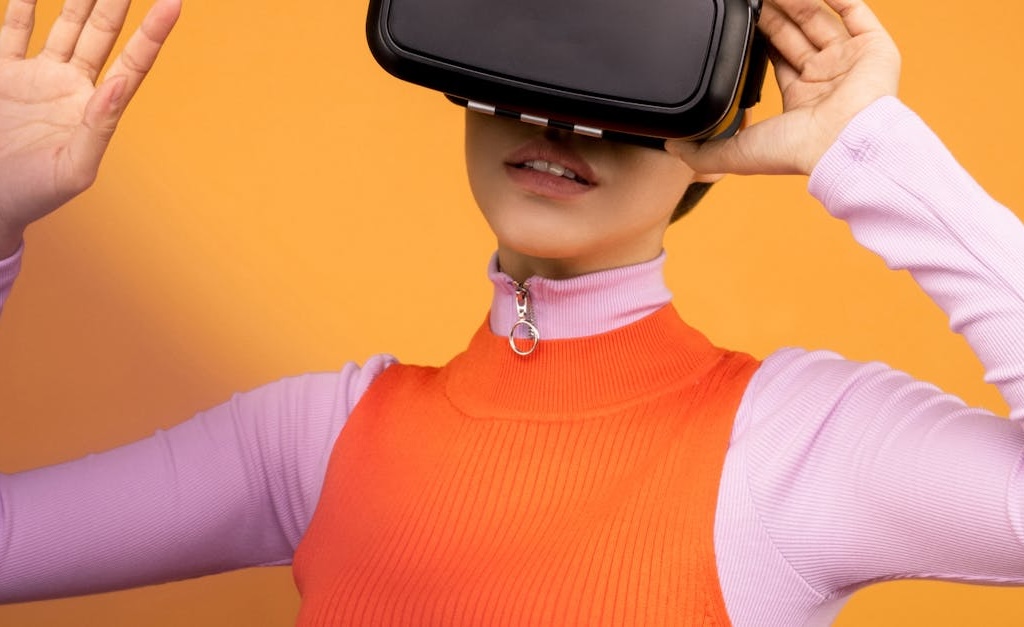
From virtual reality art exhibitions to immersive theatre performances, the entertainment landscape is evolving rapidly. As technology continues to advance, traditional cultural experiences are being transformed into interactive adventures that blend digital innovation with artistic expression. Discover how this fusion is creating new opportunities for engagement across various entertainment sectors, from gaming to live performances, and how these changes are revolutionising the way we experience culture.
The entertainment industry has witnessed a remarkable transformation in recent years, with technology playing an increasingly vital role in how we consume and interact with cultural content. This shift has led to the emergence of hybrid experiences that combine traditional art forms with cutting-edge digital innovations, creating entirely new ways to engage with entertainment. From sophisticated motion tracking to artificial intelligence-driven narratives, these technological advancements are reshaping our cultural landscape.
The evolution of interactive theatre
Theatre has embraced technological innovation with remarkable enthusiasm, leading to groundbreaking productions that blur the lines between performance and participation. Companies like Punchdrunk have pioneered immersive experiences where audiences become active participants rather than passive observers. Recent research into dark immersive theatre experiences has revealed fascinating insights into audience motivation and satisfaction, highlighting how factors such as escapism, emotional stimulation and the desire for unique experiences drive participation in these unconventional performances.
The integration of digital elements has revolutionised set design and audience interaction in unprecedented ways. Motion capture technology, projection mapping and interactive soundscapes now allow theatregoers to influence the narrative through their actions and choices. This technological evolution has opened up new possibilities for storytelling and audience engagement, making each performance a unique experience that responds to audience behaviour and preferences. Understanding these motivational factors has enabled theatre companies to better design experiences that balance technological innovation with psychological satisfaction, creating more compelling and memorable performances.
Digital art and virtual museums
The digital transformation of visual arts has democratised access to cultural experiences, with virtual museums and online exhibitions becoming increasingly sophisticated. The Tate Modern has been at the forefront of this movement, offering immersive digital experiences that allow art enthusiasts to engage with collections in unprecedented ways. Virtual reality headsets and augmented reality applications have transformed static exhibitions into dynamic, interactive journeys through art history.
This digital revolution has sparked a broader transformation in how we engage with entertainment platforms across all sectors. Interactive gaming elements are increasingly being incorporated into cultural experiences, from museum apps to virtual gallery tours. Many cultural institutions are partnering with digital platforms that specialise in engagement and rewards, similar to how sports enthusiasts might explore the best free bet offers to enhance their entertainment experience. These gamification strategies have proven successful in attracting younger audiences and creating more engaging cultural experiences.
The future of live events
The coverage of live events demonstrates how technology is reshaping the concert experience. Virtual and augmented reality elements are being integrated into live performances, creating immersive experiences that extend beyond traditional venue boundaries. These innovations have become particularly relevant in recent years, as venues and artists adapt to changing audience expectations and technological capabilities.
Artists are experimenting with hybrid formats that combine physical and digital elements, allowing for greater audience participation. These innovations include real-time interaction through mobile apps, synchronised light shows controlled by crowd movement and virtual meet-and-greet experiences that enhance the traditional concert format. Social media integration and live streaming capabilities have also transformed how audiences engage with live events, creating global communities around shared cultural experiences.
The impact of artificial intelligence
Artificial intelligence is playing an increasingly significant role in shaping cultural experiences. From personalised content recommendations to AI-generated art and music, machine learning algorithms are transforming how we create and consume entertainment. Museums and galleries are using AI to create interactive guides and personalised visitor experiences, while theatres are experimenting with AI-driven narrative structures.
These technological innovations are also changing how cultural institutions analyse and respond to audience preferences. Data analytics and AI-powered insights help venues and artists optimise their offerings, creating more engaging and accessible experiences for diverse audiences. This marriage of technology and culture is creating new opportunities for creativity and expression while maintaining the essential human elements that make art meaningful.
Emerging technologies and cultural preservation
The role of blockchain technology and NFTs has introduced new possibilities for artists and cultural institutions to monetise and preserve digital art. Museums are exploring how these technologies can authenticate digital artworks and create new revenue streams while maintaining artistic integrity.
This technological revolution has also sparked important discussions about ownership, accessibility and the democratisation of art in the digital age. Additionally, emerging preservation techniques using quantum computing and advanced data storage systems are ensuring that digital cultural artifacts remain accessible for future generations, creating a bridge between traditional conservation methods and cutting-edge technology.
Looking ahead
The future of interactive entertainment promises even more exciting developments as technology continues to evolve. Virtual reality concerts, augmented reality art installations and AI-powered theatrical experiences are just the beginning. Cultural institutions are increasingly embracing these innovations while finding ways to preserve the authenticity and emotional impact of traditional art forms.
The convergence of technology and culture has created new possibilities for artistic expression and audience engagement. As we look to the future, the key will be finding the right balance between digital innovation and human connection, ensuring that technology enhances rather than replaces the fundamental elements that make cultural experiences meaningful and memorable.
The editorial unit



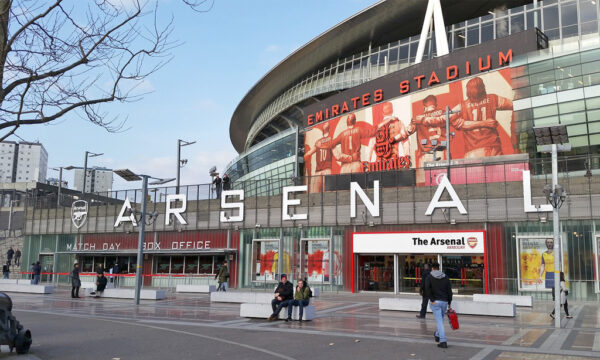







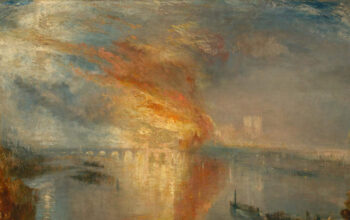



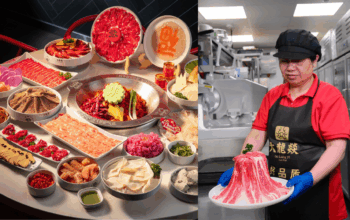



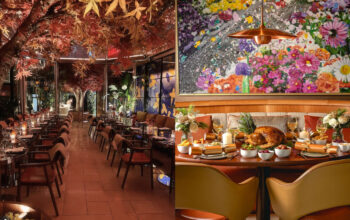




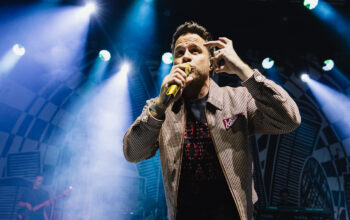
Facebook
Twitter
Instagram
YouTube
RSS